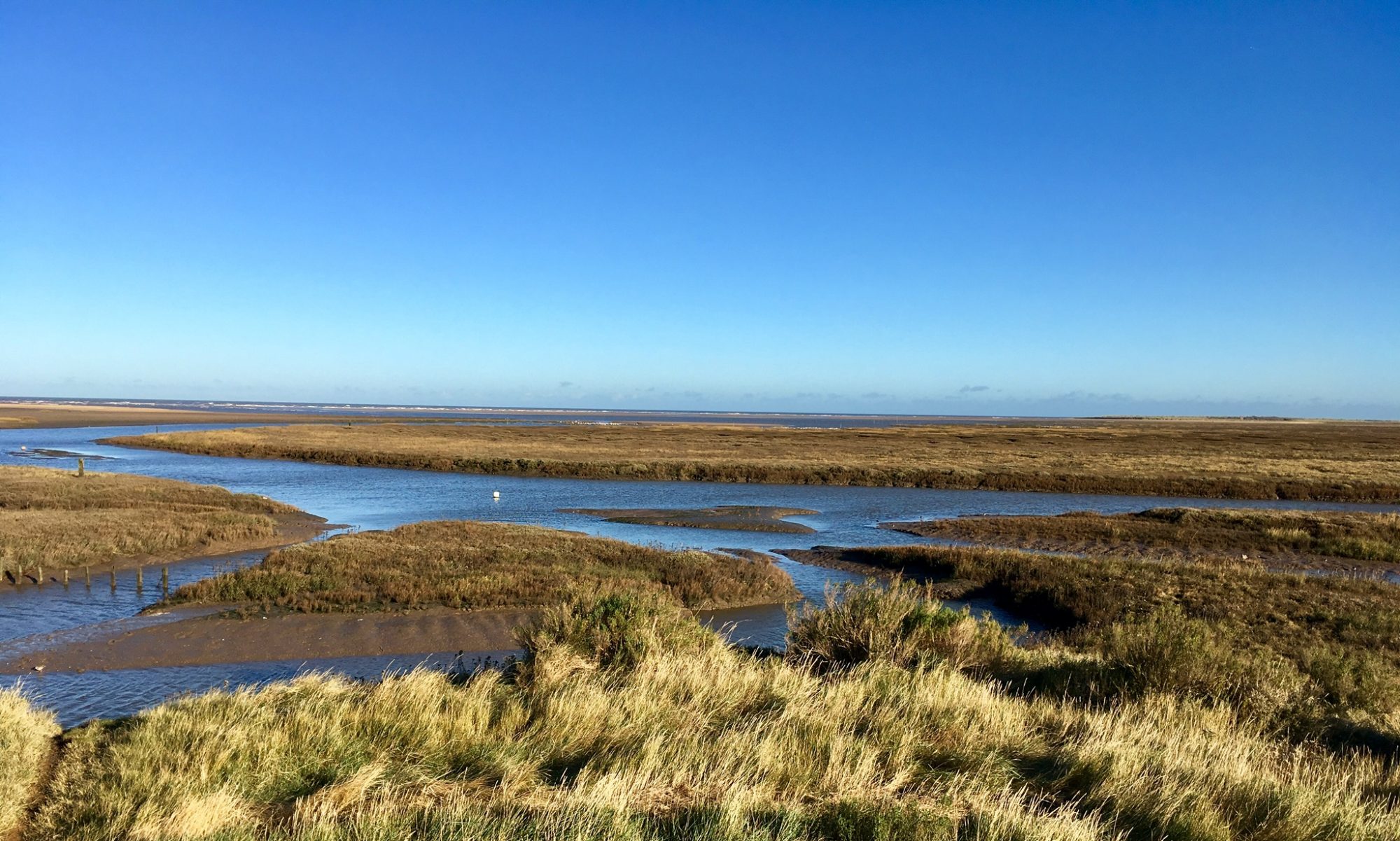A stunning image
On my morning scroll-through Linkedin, a contact of mine, Susan Hallam of Hallam Internet, https://www.hallaminternet.com/ had posted an image that stopped me in my tracks. It was a simple image taken in my home town, Nottingham. It was predominantly the ‘Council House’, only slightly obscured by some Fothergill Watson architecture, which I visualised to be at the bottom of King Street.

My home town
I could almost be on a vantage point looking down into the city-centre, perhaps on the roof of the Royal Concert Hall? At least that’s how it made me feel. This image could have been taken anywhere in the world: Istanbul, Prague, Bruges but no, it was Nottingham. And how stunningly beautiful it looked too.
A popular post
I don’t usually share images, or any old article about marketing that I come across but this was different; this shouted ‘share me!’ It wasn’t long before my screen lit up with notifications. Almost 40 likes and over 1000 views in a very short space of time.
I commented on the post and within minutes the photographer, Tracey Whitefoot, had responded to thank me. I also noticed that she had replied to every single comment both previously and since.

Taken by Joseph Raynor.
I went to Tracey’s website http://tracey-whitefoot.squarespace.com and was blown away with her architecture and landscape images. I wondered if she would agree to a chat over coffee and cake, which I could feature on my blog. She didn’t hesitate, need any persuasion or even baulk at the 60 mile round trip either. Coffee and cake then at the Barrister’s Book Chamber https://barristersbookchamber.com/ in Retford, north Nottinghamshire.
Two hours just flew by
I had no idea what to expect – neither of us knew the other! I need not have worried. Tracey was easy to talk to and to listen to… she was relaxed and generously shared her story and her time with me. She has achieved so much – and she is on the cusp of more adventures and even greater things. It was clear that this was going to be no ordinary chat but a fascinating, rollercoaster ride!

It started as just a hobby
Tracey is a Nottingham lass, born and brought up in Chilwell and currently living and working out of Carlton. Most of her work – the bread and butter – is marketing and PR photography, quite a bit of it for both the city and county councils and community-based stuff with colleges, theatres and the local press. It had always been Tracey’s hobby and she had already made the decision to take up photography professionally but an opportunity came through a colleague . She was pushed to get out and take some pictures for someone that her friend thought would be a good contact. It worked and she began to get paid photography work.
Anything that came in after that, if she didn’t have the skill level required, she would do lots of prep and dummy runs the day before!

Around the world
Tracey went to Australia for the first time in 1998 and worked as a ‘Jillaroo’ on a cattle station. After which, much of her early career was spent in sales and then after selling the house she returned to Australia in 2004/2005. She has been all over the world with her camera. She has no formal training although she did think about it briefly but she was doing quite well enough without it.
I had questions prepared that I thought I should ask but they somehow seemed to be irrelevant. Like, ‘which photographers does she admire?’ She says that she has great respect for her peers and other female photographers making a living as a professional – like Birmingham-based Verity Milligan and Lincolnshire-born, wildlife photographer Chris Weston, who was a great help when Tracey started out, his books helped her with a lot of the technical aspects of photography.
The million dollar question
And then, ‘what makes a good picture?’ Her answer, I now see, is staggeringly obvious; ‘the light’ was her response. This is what makes her get up so early in the morning, this is what motivates her. It is clear in all her compositions and landscapes that this is the most important thing to her – the light! Sunrises, shadows, sunsets and shafts of light. She will go to any lengths for the right light to get the shot that she wants… and it shows. Visit her website and see for yourself! ‘The light’ is her motivation. It doesn’t really matter where, as long as the light is right.
Prolific and vibrant images
If today is stressful then treat yourself to a few moments of calm… look at Tracey’s images on http://Www.alamy.com search for lavender and you will be immediately transported to the lavender fields in France. You can almost smell the perfume!

Tracey’s enthusiasm and love of light and life are contagious, she has a real energy. She says she’s ‘bonkers’, I say she’s a genius!
The next big thing
Her next adventure in search of light will take her to Everest basecamp in 2020. I for one, can’t wait to see the what she captures there. But then I hope she soon returns to Nottinghamshire’s best kept secret that is Pilgrim Country, perhaps she will find light here too.
If it’s enthusiasm, energy… and light you want, talk to Tracey.
You can buy Tracey’s work to hang on your wall too, it will inspire you. Please visit her website, you will not be disappointed http://tracey-whitefoot.squarespace.com










